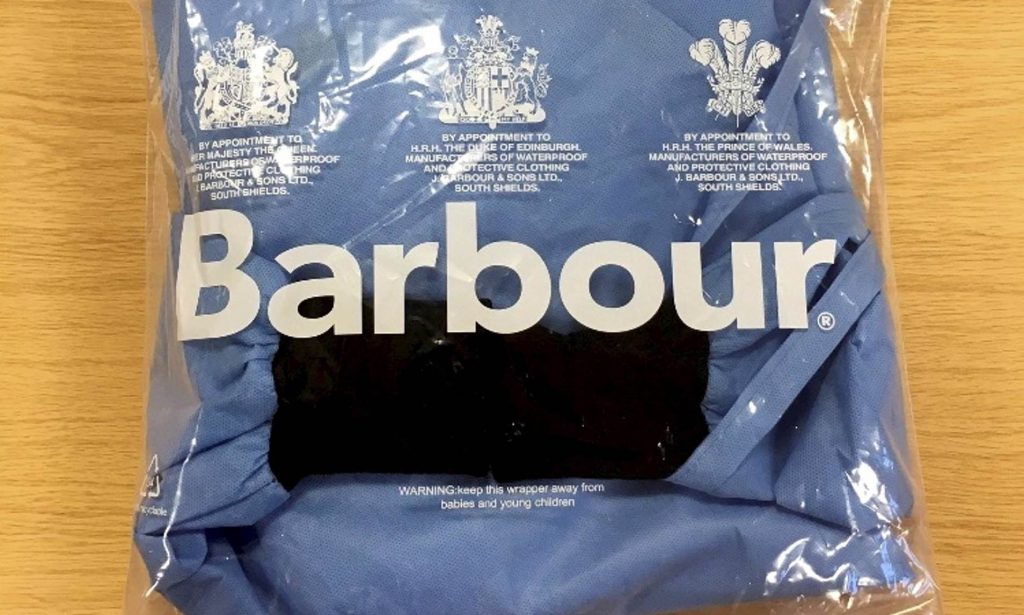Luxury Consumer Behaviour Shifts Post-COVID Lockdown

There is no doubt that the word ‘unprecedented’ was the most used word between March – June, in light COVID-19 and the impact it’s had on all aspects of life. We were forced into a new way of living and working. There is a well-documented theory that it takes 21 days to form a new habit or adjust to a new way of living, and with three months + of “living with COVID”, consumer views and behaviour have shifted.
This goes beyond just the shopping habits; our views on brand marketing have also altered. With brand equity – especially for luxury brands – and social media followings, brands have a voice. There are three key areas which we feel brands need to consider when it comes to a digital communications strategy:
- A desire for heightened human connection
- A demand for brand social responsibility
- A necessity for cultural sensitivity
A Desire for Heightened Human Connection
Lockdown has made us more appreciative of human connection and community. With social distancing and restrictions on seeing wider family and friends, we are more appreciative of our relationships. Consumers searching for human connection across digital will make the role of the influencer more important, as they assist in developing more emotional and value-led connections to brands. Mass reach will no longer be the driving metric, but rather it is intimate and personal connections that will help luxury to survive: Engagement should be the benchmark. A recent study with Walpole and Hearst found that in this “new era of Luxury”:
- 54% of consumers are noticing influencers more
- Consumers are 6x more likely to discover new brands through influencers
- Consumers are 3x more likely to follow an influencer than a brand
Influencers that brands decide to partner with must, however, be relevant to the brand and its essential values. It is no longer acceptable to form partnerships without synergy for the influence of fame, as customers are looking for heart connections with brands and influencers will be the gateway to forming these.
A Demand for Brand Social Responsibility
Consumers want to see greater social responsibility from brands; they are looking for shared brand values and altruism, or charitable actions.
- 61% of consumers want to hear more from brands helping*
- 57% of consumers would buy from brands because of their similar values*
There will be little surprise here in light of the rise in public campaigning. Consumers expect brands to get involved, have a voice, and act responsibly. If brands are to add to a conversation, they should do so with *buzz word alert* – authenticity. Without sharing true passion or following up with genuine action or thought, consumers will see past the bogus attempt to join a movement for movement’s sake.
A great example of this is the Black Lives Matter movement. Many brands were seen to post a black square on Instagram to mark their support on Black Out Tuesday, but many took no further action, and hence they came under fire for piggy-backing a movement.
Brands that succeed here are remembered. In a recent survey, 57% of consumers say they can recall those brands that supported the fight against COVID-19 and of these, 39% cited Burberry, 12% Barbour, and 10% Mulberry.

We have been offering advice to our brands about how to navigate such conversations; including the Facebook Boycott. If you would like to discuss this with one of our digital consultants, then please do get in touch.
A necessity for cultural sensitivity
Following on from the increased demand for brand social responsibility, the landscape in which luxury brands are advertising has changed. Brands need to consider attitude shifts and be mindful that their message and creative is still tasteful and appropriate. This is not only about the creative message but also where the content is appearing. Over the past few months, for example, we have been debating as to whether a brand’s creative featuring people close together without a mask is sending the “right” message. Another example is whether brands should pause campaigns or content in light of public protests to show support and solidarity.
Regardless; campaigns and content need to be woke.
Conclusion
COVID has seen consumer thought shift; more than ever before we are looking for connection and a humanist approach. Brands succeeding are showing genuine compassion and have put themselves in the shoes of their consumer.









